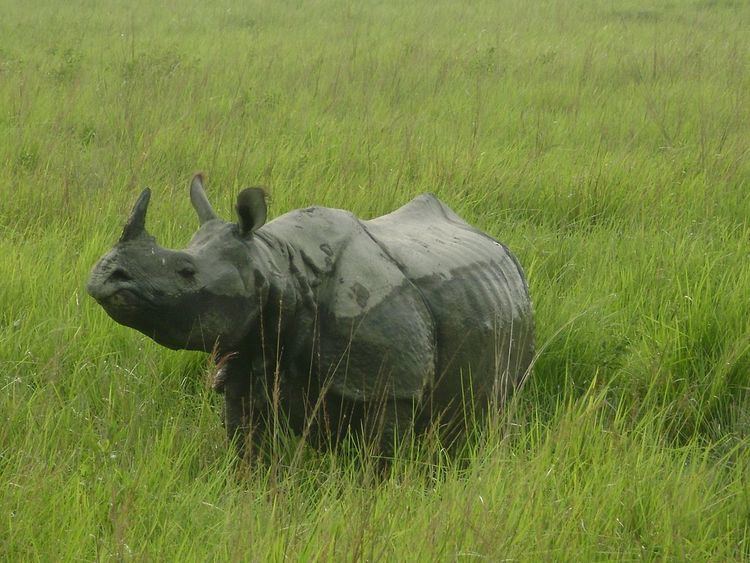Order Strigeidida Rank Species | Phylum Platyhelminthes Subclass Digenea | |
 | ||
Similar Schistosoma nasale, Schistosomatidae, Spirorchiidae, Schistosoma spindale, Trichobilharzia | ||
Bivitellobilharzia nairi, common name elephant schistosome, is part of the family Schistosomatidae. It is most closely related to the blood fluke Bivitellobilharzia loxodontae, which uses African forest elephants (Loxodonta cyclotis) as a definitive host. Each of these schistosomes, that are part of the genus Bivitellobilharzia, sit near the base of a branch within the schistosome family that contains mammal-infecting species. This is a fairly new identified endoparasite that was found in 1955 by Mudaliar and Ramanujachari, who first recorded the parasite in India. Researchers collected fecal samples of the Indian rhinoceros and were startled to find B. nairi eggs.
Contents
Morphology
The morphological characteristics of the egg are a spindle shape with a terminal spine The eggs are characteristically similar to schistosome eggs. They also share a distinct similarity with the eggs of the elephant blood fluke. Researchers sequenced specific sections of the fluke egg's DNA and found that the elephant blood fluke and the rhinoceros blook fluke matched sequences with each other. This can tell us that both species are hosts to the same parasites. The elephant schistosome is able to infect the Indian Rhinoceros. Elephants and Indian Rhinoceros must share the same physiological structures to be infected by the same B. nairi parasite. They also share the same habitat making transmission from one animal to next fairly easy.
Transmission
Bivitellobilharzia nairi, common name the elephant schistosome, is a parasitic trematode that uses the Asian elephant (Elephas maximus) as a definitive host. Two other hosts may be the Indian elephant and the greater one-horned rhinoceros Once the elephant is infected, it releases schistosome eggs in the feces near a fresh water habitat where it infects the intermediate host, snails. The cercariae larval stage of the parasite will be released into freshwater and become free-swimming parasites to then penetrate the hosts' skin. Once inside the mammal the cercariae will loose its tail during infection and pair with an adult worm to sexually reproduce. Eggs produced in host will be passed in feces to then be deposited in freshwater once again and release the miracidia within. The miracidia will then penetrate the snail host tissue. These freshwater snails have been confirmed to be intermediate hosts. So far two intermediate snail genus have been identified; Indoplanorbis exustus and Lymnaea luteola.
Symptoms
Elephants and Indian rhinoceros may experience loss of appetite, constipation, suppression of urination and even vomiting. Bivitellobilharzia nairi are found to be living in the portal veins of these mammals.
Treatment
Education is important in preventing infection of Bivitellobilharzia nairi in elephants and rhinoceros. Praziquantel has been shown to reduce the severity of symptoms.
